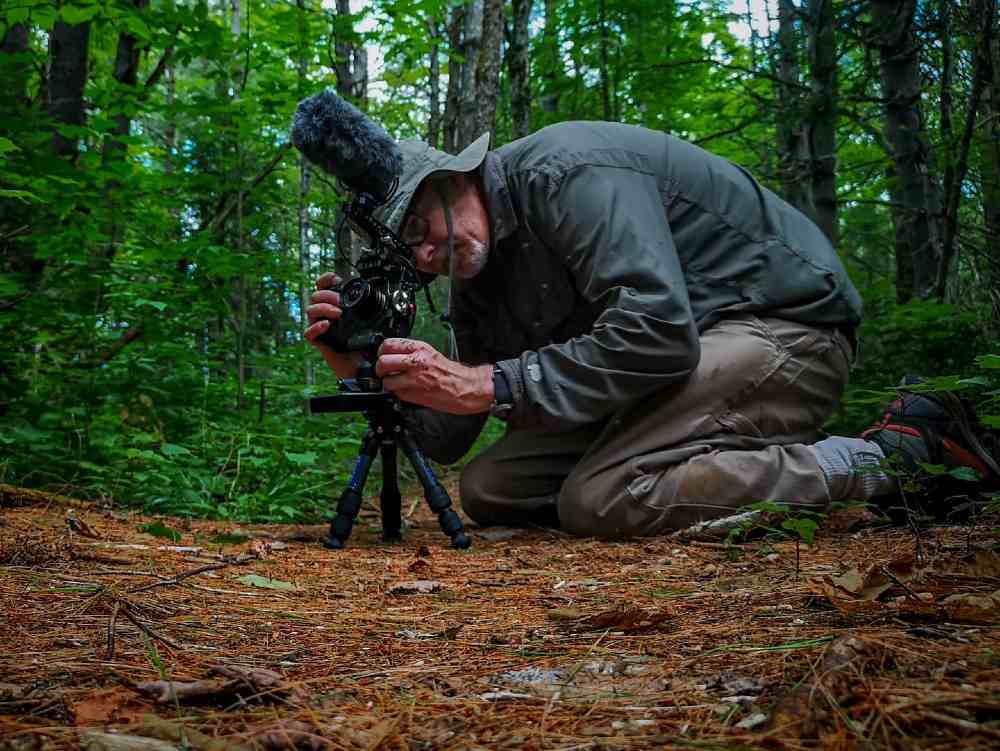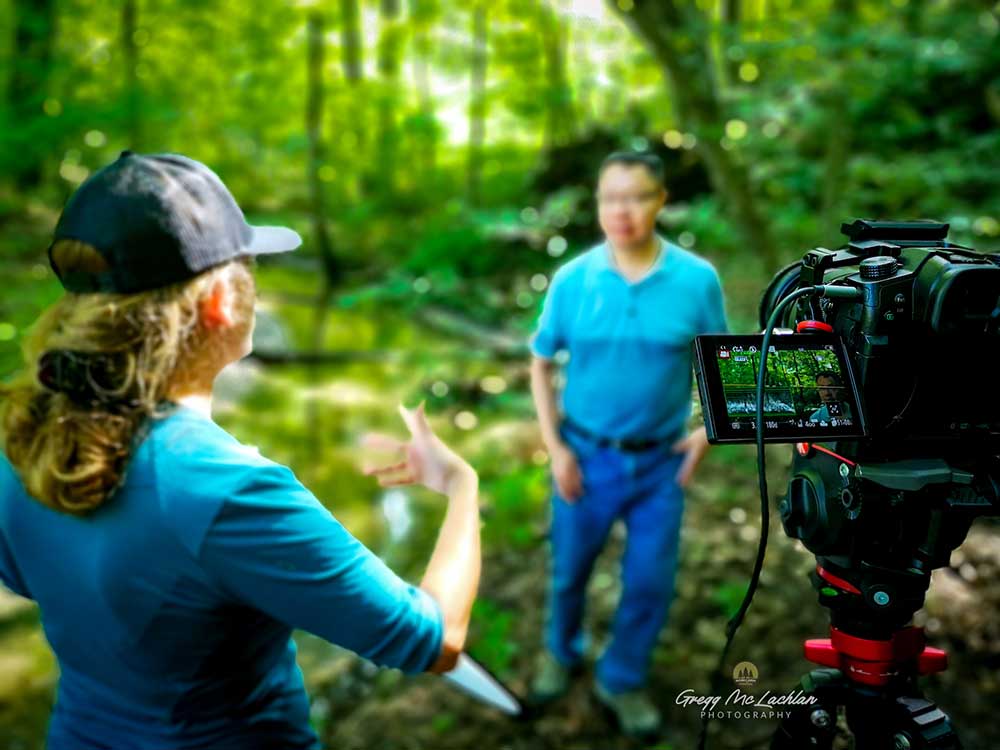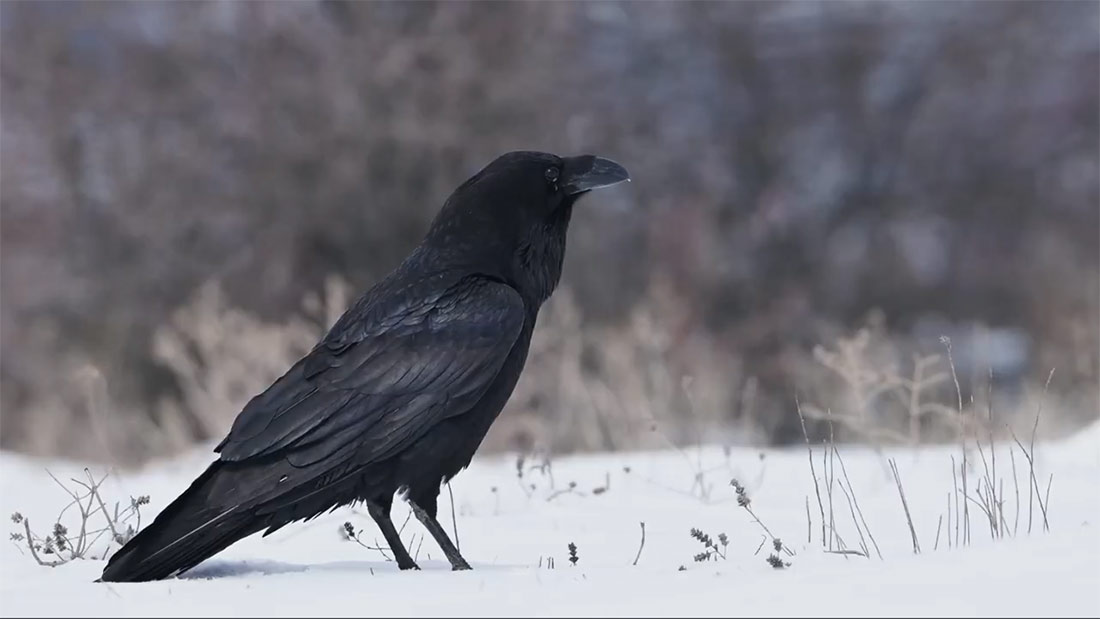

The 5 Most Important Ingredients for Effective Conservation Storytelling
Take a few minutes and reflect on the last great movie that you watched. There are usually the same three ingredients that help create your lasting memory. You probably remember the characters. You probably remember the plot and how it captivated your attention. And you probably remember the conflict. It kept you on the edge of your seat, anticipating what would happen next.
All of this is part of the great power of storytelling for nature and conservation.
A great story is what separates memorable content from content that is forgettable. Obviously you want to be memorable because that gives your conservation organization a competitive advantage.
But how do you create a great story? How do you tell it in a way that captivates your audience?
There’s no secret formula for getting it perfect. If there was, every nature story would be the same. But there are ingredients that are essential and effective to creating a better story. These five tips are ones that we incorporate into our video work. They are essential if you want your story to stand out from the crowd.
Focus on emotion
Warmth. Hope. Sadness. Inspiring. Loss. Anger. Honestly, the emotion you choose for your story doesn’t matter but you do need to know which emotion you want to convey.
So, how do you convey emotion in your nature story? Well, every aspect of your video should be contributing to this. That means the scenes and visuals, the subject matter, the script, the characters. However, it is more than that. The story needs to flow with that emotion. That means you need to develop the storyline. It might start with a relatable premise, and then flow into conflict, and then end with a resolution that cements the emotion.
Flip the perspective
Perspective is often the most overlooked part of conservation storytelling. That’s because you often approach storytelling with your own inherent bias. This is why so many videos end up resonating as push marketing. Participate in this! Donate to this! But that biased messaging rarely connects with your audience who may have a different perspective.
How do you change the perspective? Try flipping the script! Instead of focusing on why your programs or services are fantastic as told by someone inside the organization, approach your story from the perspective of someone who knows nothing about your organization. This is as easy as thinking about what questions someone might ask you, if they knew little about your organization?
Talk the way people talk
If your target audience is stuffy and corporate, you want to be stuffy and corporate. But we all know that your audience is probably not stuffy and corporate. So why are you creating content that looks stuffy and corporate? Ugh! Relax! Make sure your story messaging is natural. Your tone should be informal. Audiences can instantly tell when someone is reading from a script. The last thing you want is for your voice to sound forced or fake. Your words should be everyday words not corporate babblespeak. Pro tip: Talk the way people talk. Don’t talk the way people write.
Think about your visuals
In the silent film era of the early 1900s, there was no sound or words. So visuals had to do it all. And they did. Flash forward to 2021 and sure, we have sound and words, but visuals still play a powerful role. Remember Tom Hanks in the Oscar-winning film Castaway? He was all alone an island. There were few words. Yet the movie captivated us with its stunning visuals of a deserted island, his quest for survival, and ocean vistas. We felt like we were alone on the island with him.
What you see in a video directly effects how you feel. Be more purposeful of your visuals, stand back and think before you hit the record button. Visuals are one of the two biggest ingredients in a great environmental story (see the other biggest below).
Sound is powerful
Sound can be many things. Music. Voiceover. Silence. Ambient noise. Effects. Sound, or lack of sound, works in tandem with visuals. For example, ambient sounds of the forest can help pull the viewer into a visual of the forest because it feels more immersive. Or if someone is telling a sad story, a sad music track in the background, will amplify the sadness theme. When used smartly together, sound and visuals make your story more dynamic.
Conclusion
Telling a great story about conservation isn’t just one thing. It’s a collection of ingredients. Regardless of what kind of video you want to create, always try to keep everything from visuals, perspective, sound, and emotion in mind. Your story will be better and more effective because of it.
- What’s It Really Like Being a Conservation Filmmaker? - April 15, 2024
- Filmmaking Explainer: What Is Post-Production? - April 6, 2024
- New Videos for The Nature Conservancy of Canada - April 2, 2024




